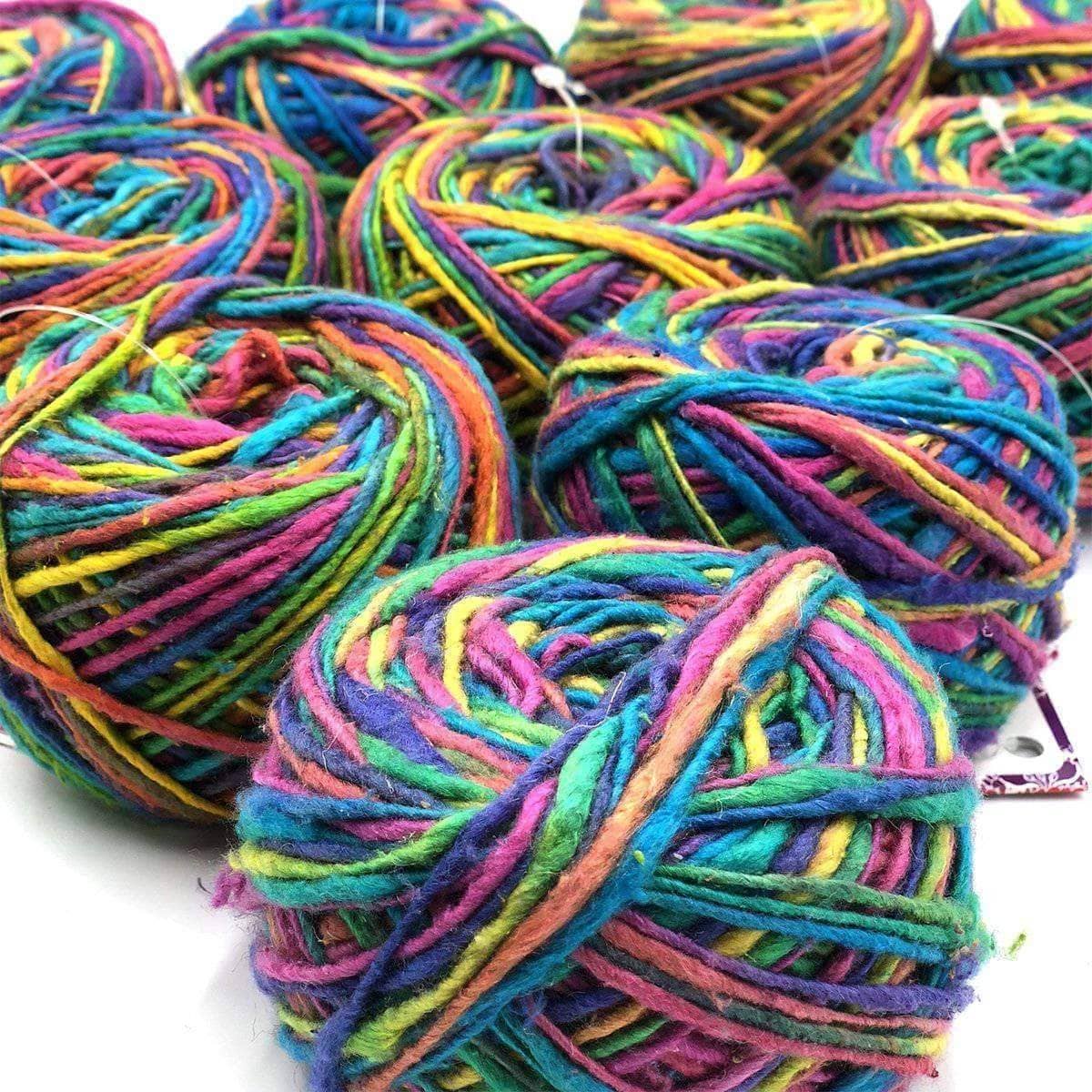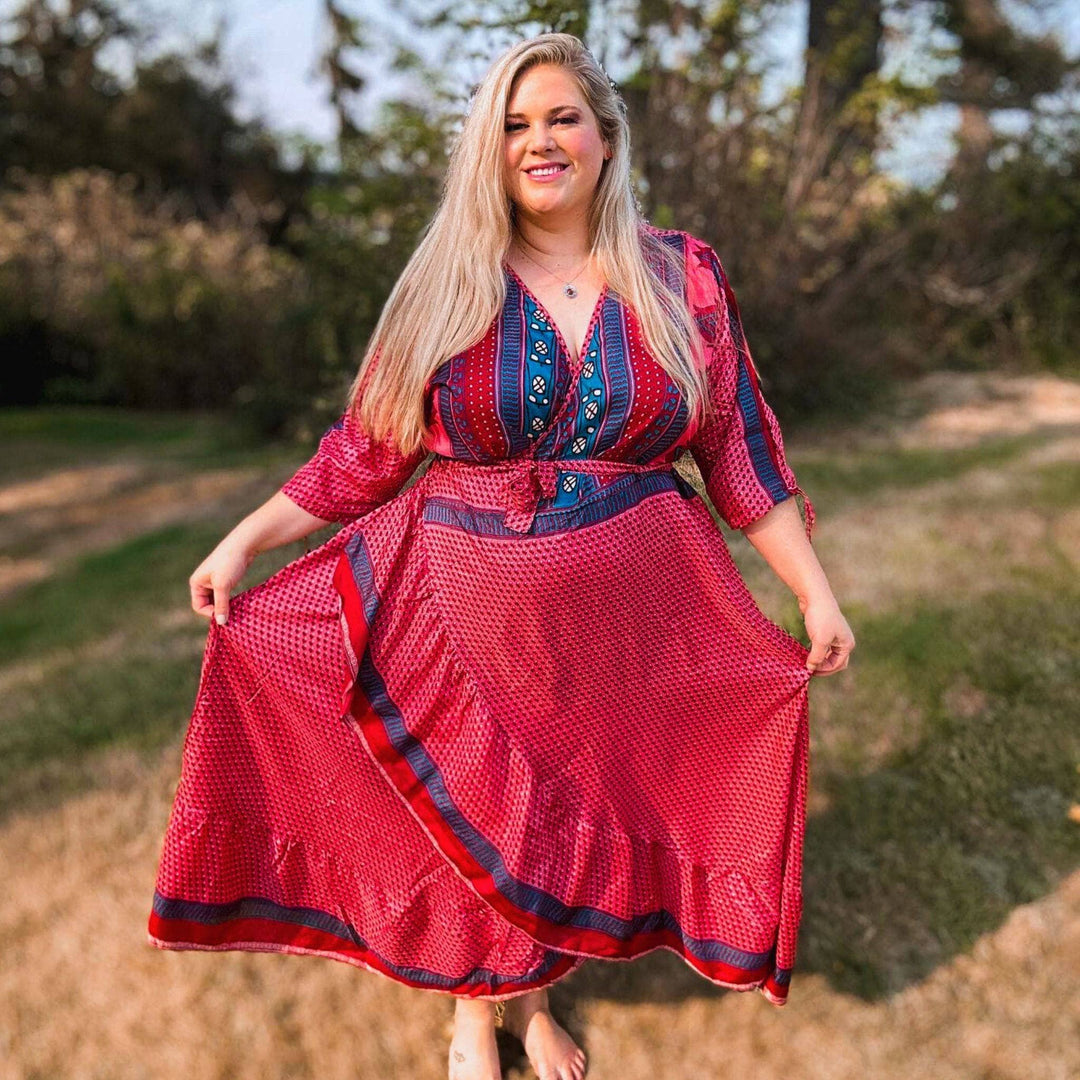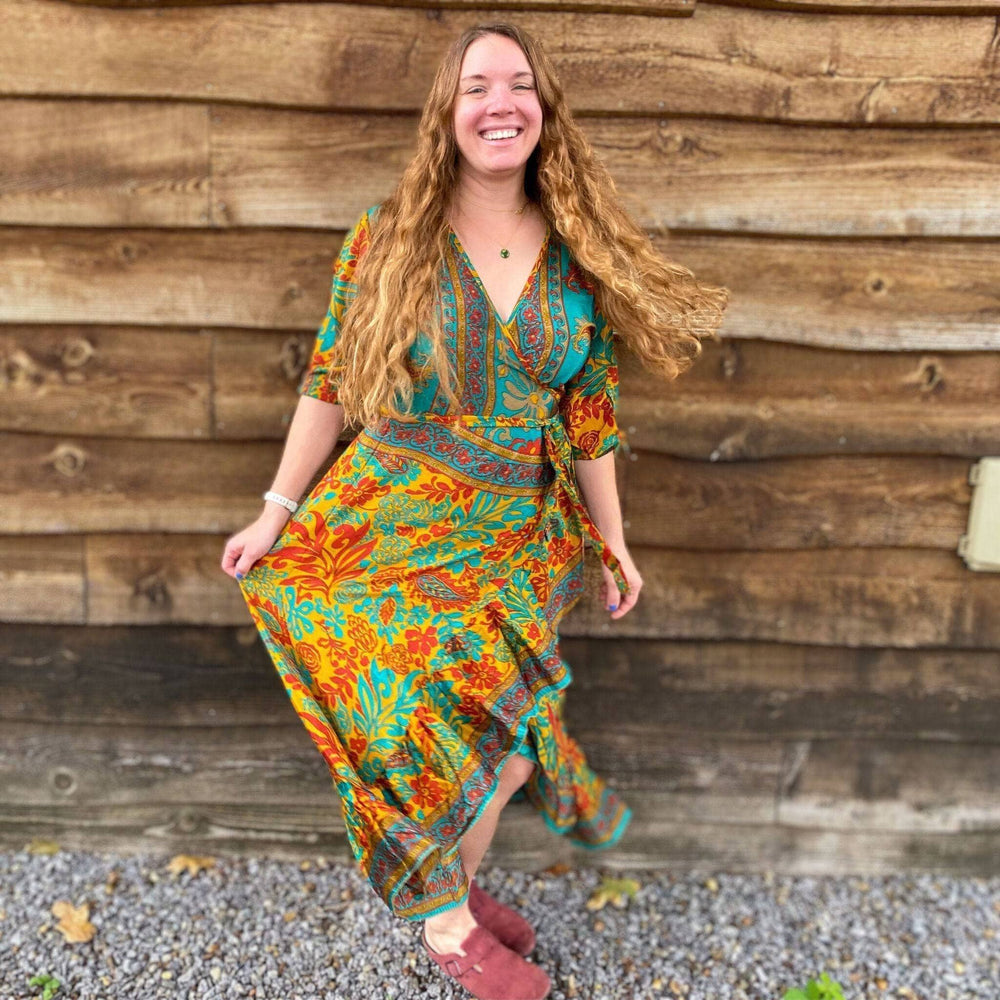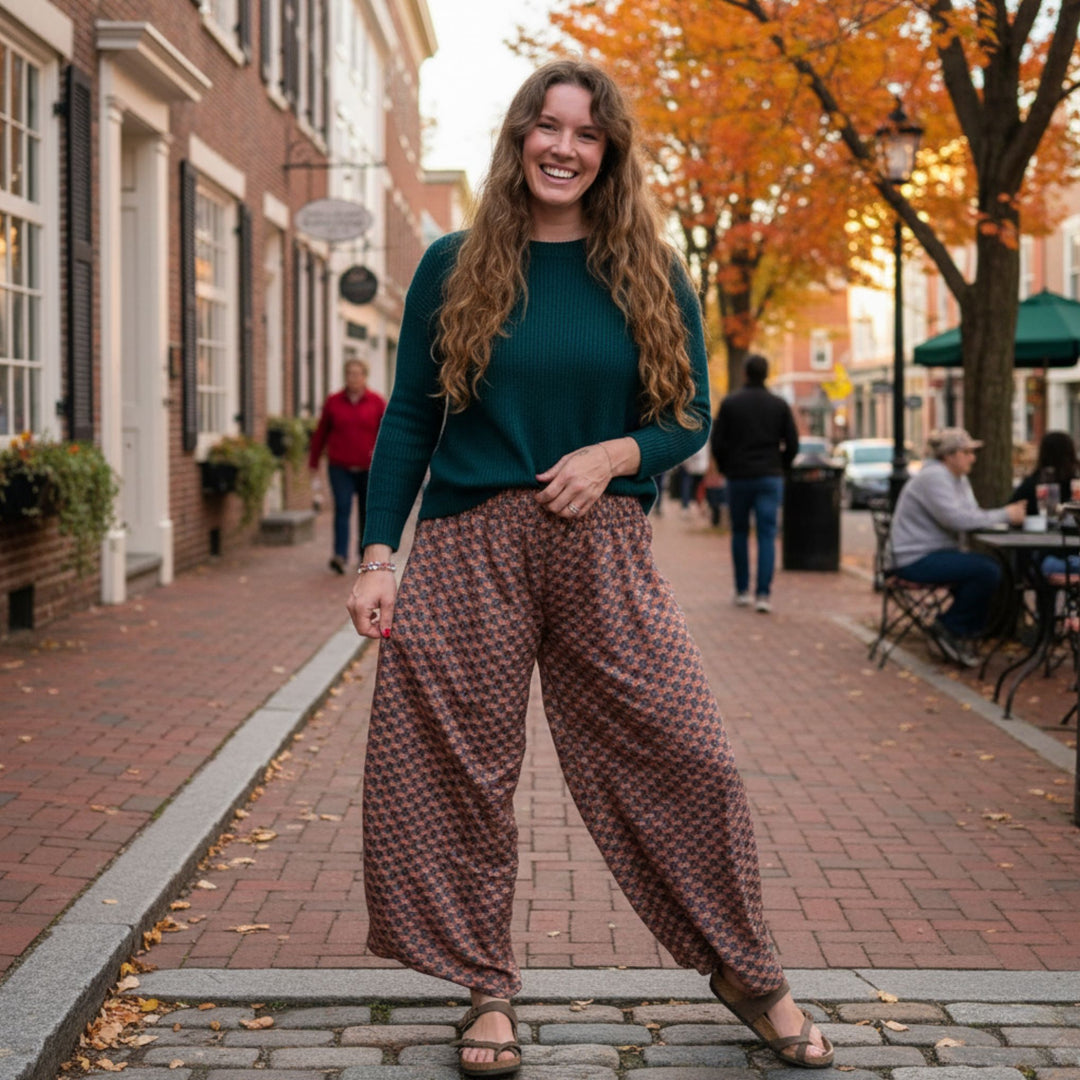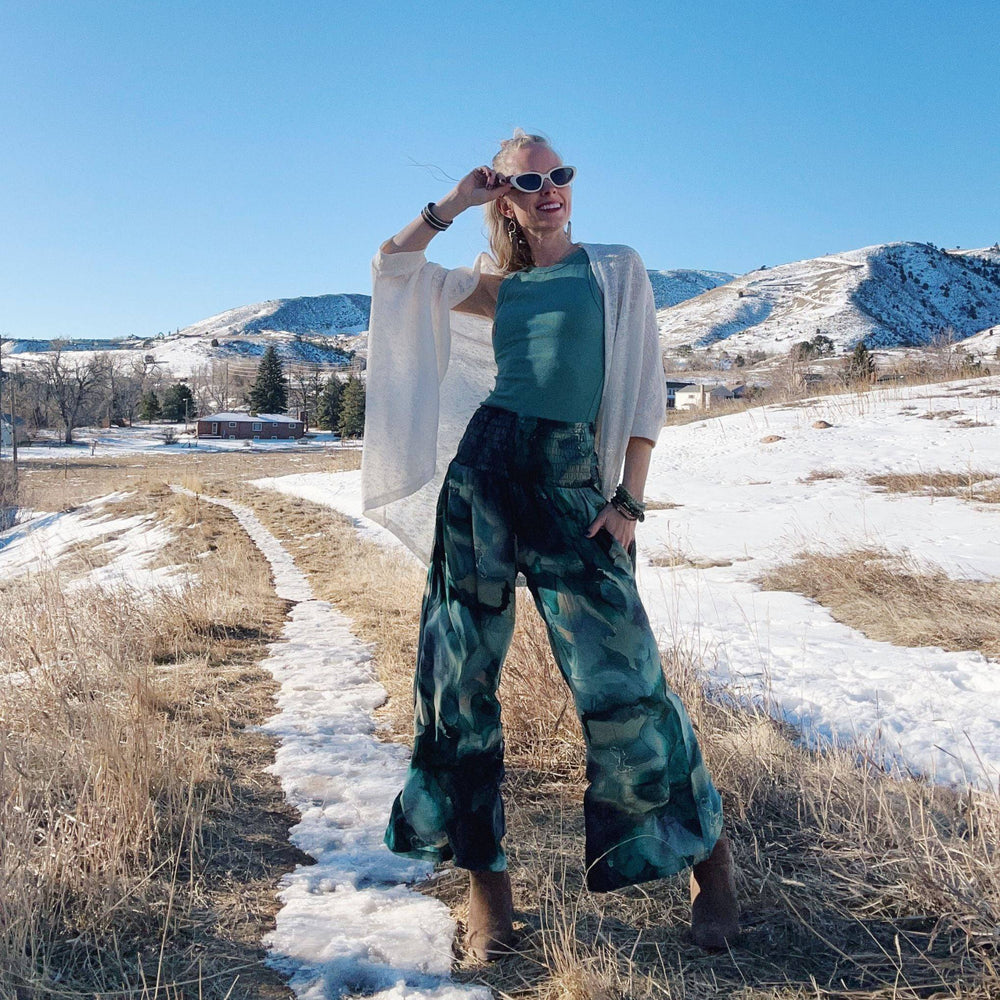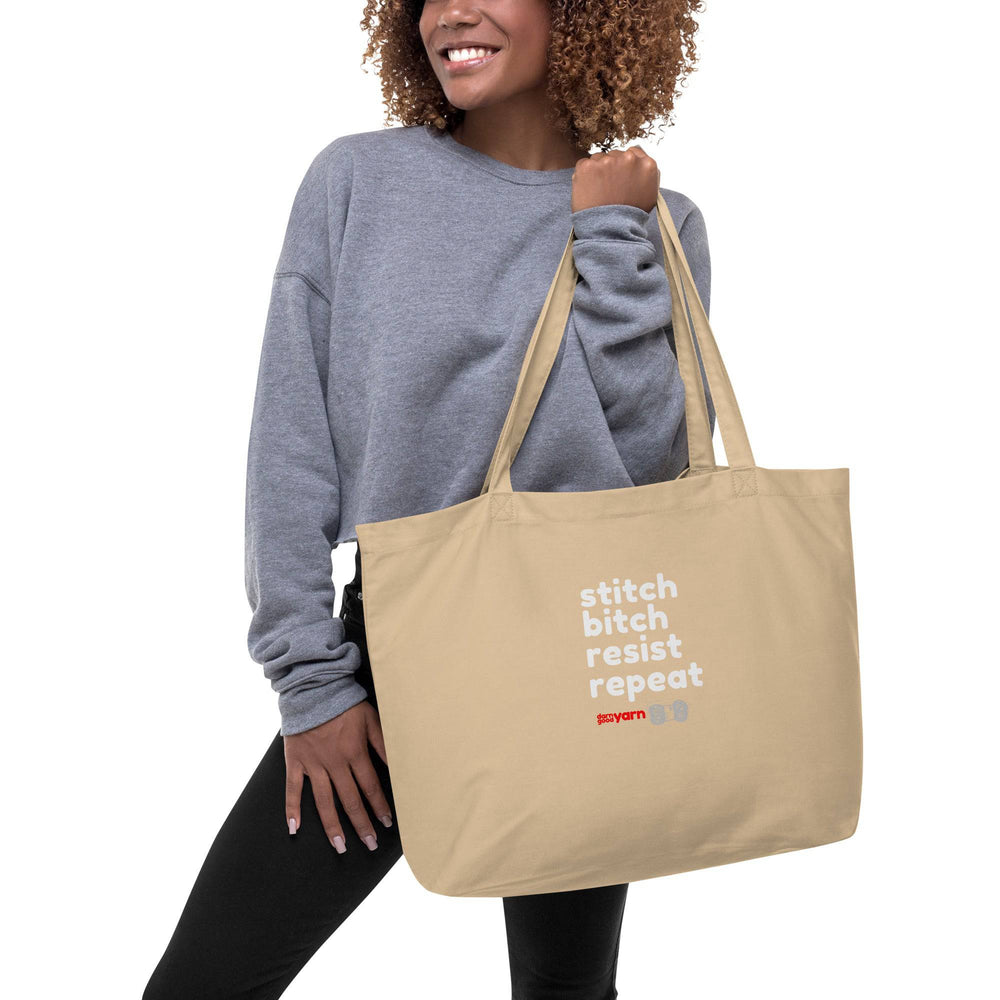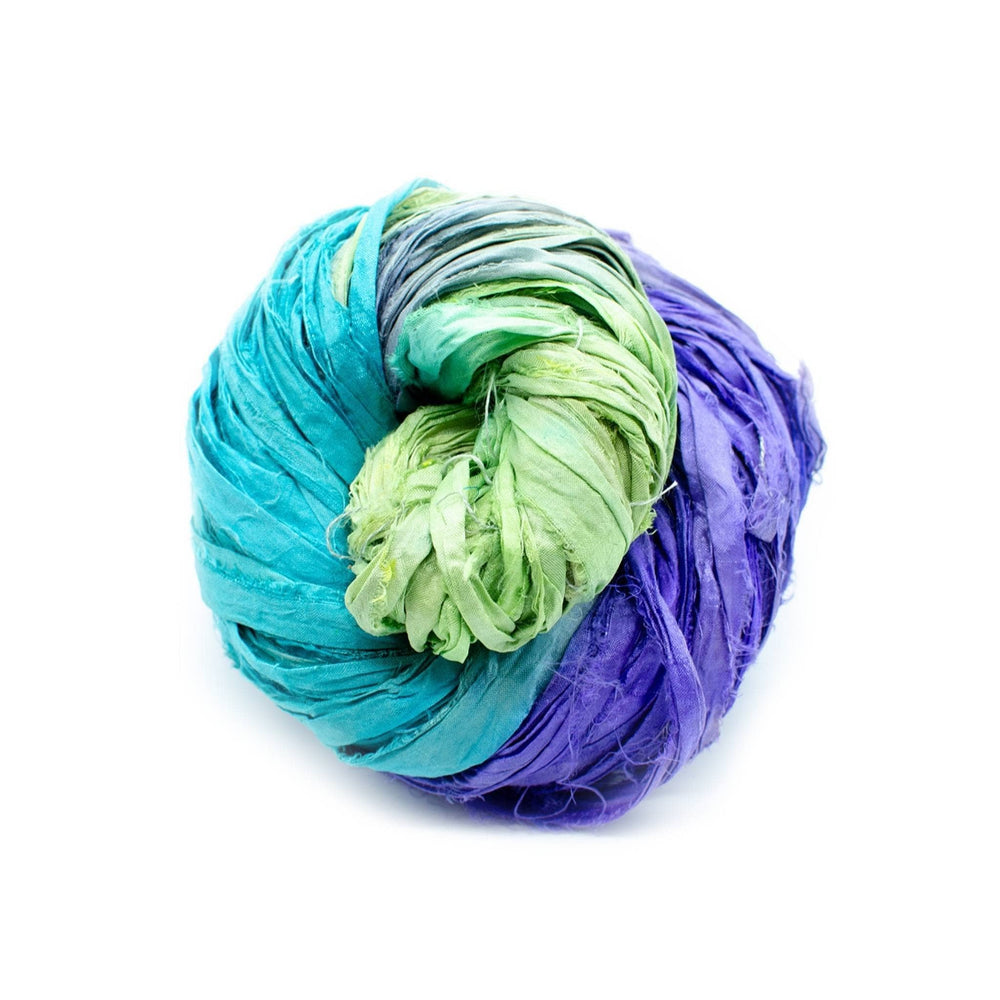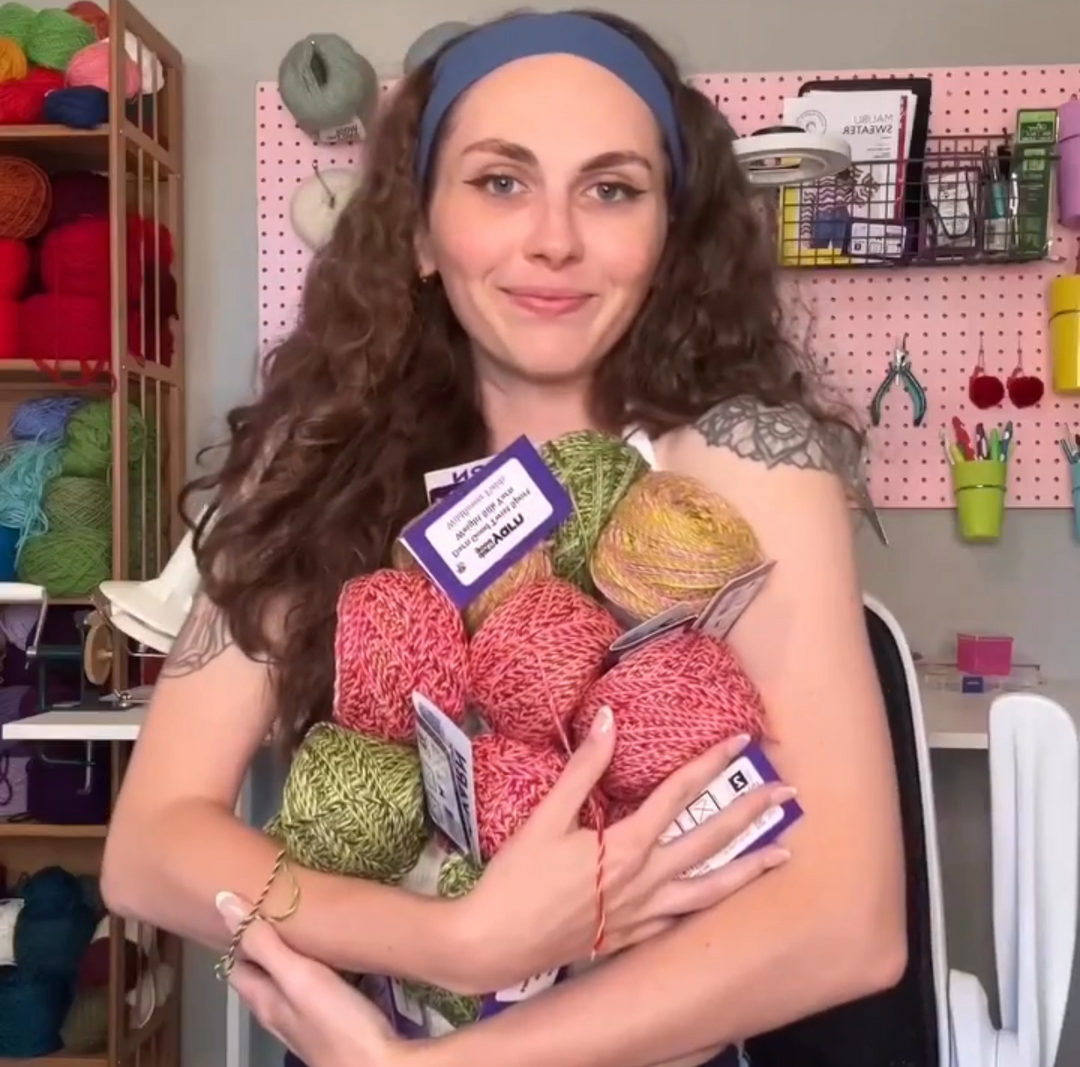In your personal journey through knitting, crochet, or other fiber arts, it is likely that you’ve run into yarns and projects made with silk. Perhaps you’ve also worn silk garments—scarves, dresses, shirts, etc. We know that silk is soft and delicate. It has very specific care instructions. And it can also be a little intimidating to work with! So, what is it? Where does it come from? And why should we care?

Silk, like its heavier partner-in-crime, wool, is a natural fiber. Real silk does not come from a mixture of chemicals or the spinning of sheep’s wool. On the contrary, it is created by insects. Caterpillars, worms, and even some crickets make the cocoons from which we derive silk proteins. Most of the silk we buy online and in stores comes from silk moth caterpillars. These caterpillars create delicate cocoons out of silk fiber, much like a spider spinning a web with her own “silk.” Commercial silk producers breed these caterpillars (also known as silkworms) to produce white silk thread. When the cocoons are collected, they unravel in one long thread, which ensures that nearly all of the thread can be utilized and woven into strong cloth.

Sound a little icky? Yeah! It can be strange, at first, to identify silk as a product made by worms. But where would we be without honey, beautiful spider webs, and all of the plants that are pollinated by bees? We partner with insects to provide all sorts of things for our daily lives. Once silk reaches its yarn stage or is sold in the store as a completed garment, it has come a long way from its origins as a caterpillar’s cocoon.
Where Does Silk Come From?
Silk originated in Ancient China. Chinese legends tell us that Empress His Ling Shi accidentally discovered that silk was a weavable fiber. As the story goes, a cocoon fell into the empress’s tea cup one day as she was having tea time under a mulberry tree. The threads shimmered in her teacup, moving the empress to figure out the source of the cocoon—silkworms living in the high branches of the tree. She then created the loom, real, and commercial cultivation of silkworms.

Is this the “real” story of the discovery of silk? Perhaps. What we do know for sure is that for thousands of years, silk spread throughout China, becoming a popular luxury fabric known for its smooth texture and unique shine. You may have heard of the trade route known as the Silk Road, which stretched for thousands of miles between Eastern China and the Mediterranean Sea. On this route, silk was moved to the West, while wool and gold were brought East. From the name, we can tell that the silk traded along this route was considered even more precious than gold!
Today, silk continues to be in high demand. Major producers include China, Japan, India, Korea, Brazil, Vietnam, and Thailand. The United States is the biggest importer of silk and silk products. You can find many imitation or synthetic silks in the marketplace. They are often made with rayon, polyester, viscose, or a blend of these materials.
Working with Silk
When you begin to knit or crochet with silk yarn, you may find that it feels a little (or even a lot!) different than working with wool or cotton yarns. It can feel “slippery” and too delicate, but it’s just those characteristics that will give you a dreamy finished product! A silk shawl or scarf is not only delicate and warm, but surprisingly strong and durable, too.

If you feel up to a fun challenge, you can start at the source—Silk Cocoons. These come in natural white or pre-dyed in bright colors. Use them for papermaking, felting, jewelry making, or even beauty! You can soak them in lukewarm water for about three minutes, pop it on the tip of your finger, and use the silk cocoon to exfoliate your skin. You can also use them for spinning your own yarn.


When it comes to knitting or crocheting with silk yarn, there are endless options to choose from. One of our favorites is Hand Beaded Silk Yarn, which is supremely delicate, exquisitely colored, and chock full of teeny-tiny beads. Beaded yarn turns your projects from standard to truly unique and eye-catching. A silk yarn like this can be used to create intricate shawls, home decorations, or even Boho-style wall hangings. Though knitting or crocheting with it will feel a little funny at first, it’s easy to get hooked on working with silk yarn.
For women in India, a traditional outfit for weddings and other special events often includes a sari made from luxurious silk. Now, you can find yarn made from recycled silk saris. Sari Silk Ribbon Yarn is both a green choice and a dream for crafters who want the feel of silk without fibers that are quite so delicate. Ribbon yarn is ideal for jewelry making weaving, crocheting, and knitting. At about ¼ inch thick, it has much more bulk than traditional silk yarn.


Last but certainly not least, if you aren’t interested in fibers but still want to get crafty with silk, Sari Silk Fat Quarters make quilting and patchwork projects a breeze! Made from reclaimed sari silk, these fat quarters come in a variety of vibrant colors
Whatever project you decide to make with this Little Fiber That Could, you’ll be glad you took on the challenge. How many people can say that worms made their project possible? Whether you’re looking for an absorbent fabric to wear in warmer weather or a fiber that will keep you cozy all winter, silk truly does it all. Delicate, feminine, intricate, soft, and colorful, silk yarn is a work of art even in a ball or skein. Turn that yarn into a project, and you won’t regret the time you spent learning how to handle this unique and beautiful fiber.
 Rewards
Rewards

